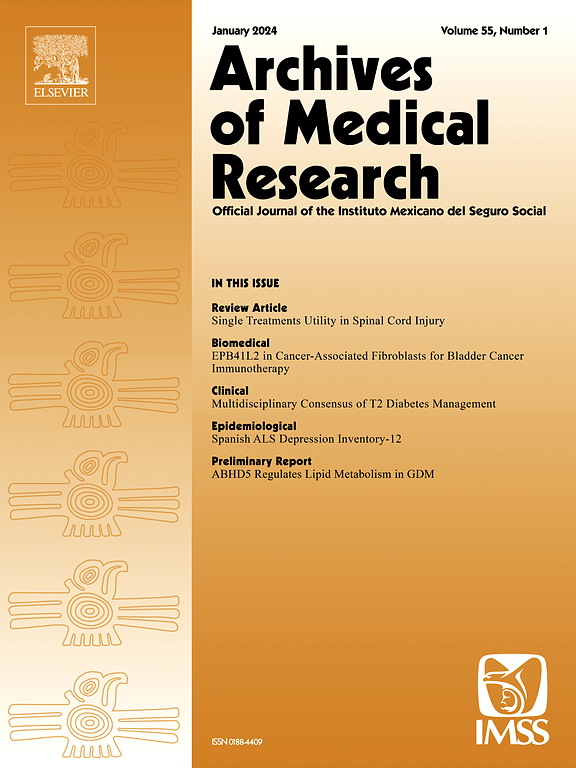A retrospective cohort study on COVID-19 reinfections and associated factors during six waves of the pandemic in Mexico
IF 4.7
3区 医学
Q1 MEDICINE, RESEARCH & EXPERIMENTAL
引用次数: 0
Abstract
Background
Monitoring reinfections helps predict peaks, variant emergence, and immunity trends. While reinfection rates between 3 and 31 % have been reported, a better understanding of their variation in different geographical areas could guide prevention and vaccination efforts.
Aims
This study examines the incidence of COVID-19 reinfection and associated factors in Mexico over six pandemic waves. Rapid mutation of SARS-CoV-2 generates variants that affect reinfection rates and population immunity.
Methods
In this retrospective cohort study, data from 3,236,259 primary infections were analyzed, and 212,892 reinfections were identified.
Results
Sex, age, vaccination status, and initial infection severity were found to be significant predictors of reinfection. Furthermore, the risk of reinfection decreased with wave progression, especially for those infected during the first wave. Reduced risk of reinfection after hospitalization suggests improved exposure prevention. Results indicated increased reinfection rates during the Omicron wave, particularly for those who were originally infected during the first wave, with women and middle-aged groups at higher risk.
Conclusions
Our results highlight the intricate relationship between viral evolution, immunity, and demographics, which is crucial for effective pandemic management and vaccination strategies.
墨西哥六波大流行期间COVID-19再感染及相关因素的回顾性队列研究
背景:监测再感染有助于预测高峰、变异出现和免疫趋势。虽然已报告的再感染率在3%至31%之间,但更好地了解其在不同地理区域的差异可以指导预防和疫苗接种工作。目的:本研究调查了墨西哥在六次大流行浪潮中COVID-19再感染的发生率及其相关因素。SARS-CoV-2的快速突变会产生影响再感染率和人群免疫力的变体。方法:在这项回顾性队列研究中,分析了3,236,259例原发感染的数据,并确定了212,892例再感染。结果:发现性别、年龄、疫苗接种状况和初始感染严重程度是再次感染的重要预测因素。此外,再次感染的风险随着波的进展而降低,特别是对于那些在第一波感染的人。住院后再感染风险降低,表明暴露预防得到改善。结果表明,在欧米克隆波期间再次感染率增加,特别是那些在第一波期间最初感染的人,妇女和中年人群的风险更高。结论:我们的研究结果强调了病毒进化、免疫和人口统计学之间的复杂关系,这对于有效的大流行管理和疫苗接种策略至关重要。
本文章由计算机程序翻译,如有差异,请以英文原文为准。
求助全文
约1分钟内获得全文
求助全文
来源期刊

Archives of Medical Research
医学-医学:研究与实验
CiteScore
12.50
自引率
0.00%
发文量
84
审稿时长
28 days
期刊介绍:
Archives of Medical Research serves as a platform for publishing original peer-reviewed medical research, aiming to bridge gaps created by medical specialization. The journal covers three main categories - biomedical, clinical, and epidemiological contributions, along with review articles and preliminary communications. With an international scope, it presents the study of diseases from diverse perspectives, offering the medical community original investigations ranging from molecular biology to clinical epidemiology in a single publication.
 求助内容:
求助内容: 应助结果提醒方式:
应助结果提醒方式:


